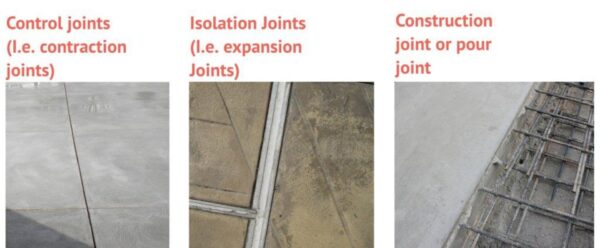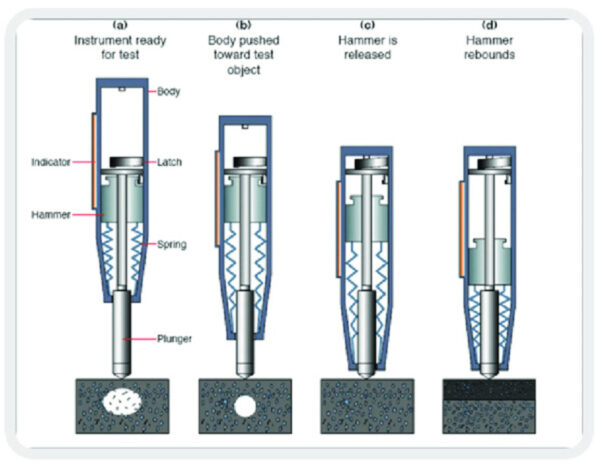5 Reasons To Use Aluminum As a building Material
Aluminum has emerged as a highly versatile and sustainable building material in modern construction. With the addition of alloying elements like copper, manganese, and magnesium, physical and mechanical properties can be altered to meet the requirements of various building applications. Aluminum building materials offer benefits like durability, corrosion resistance, low maintenance, design flexibility with finishes…






